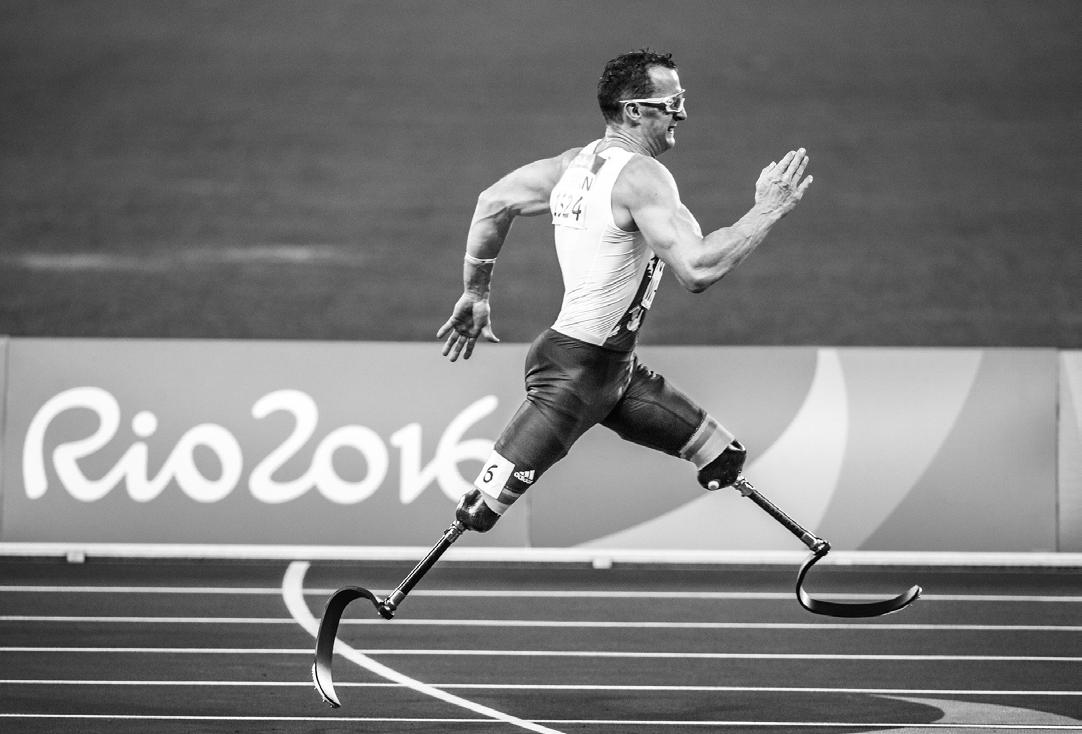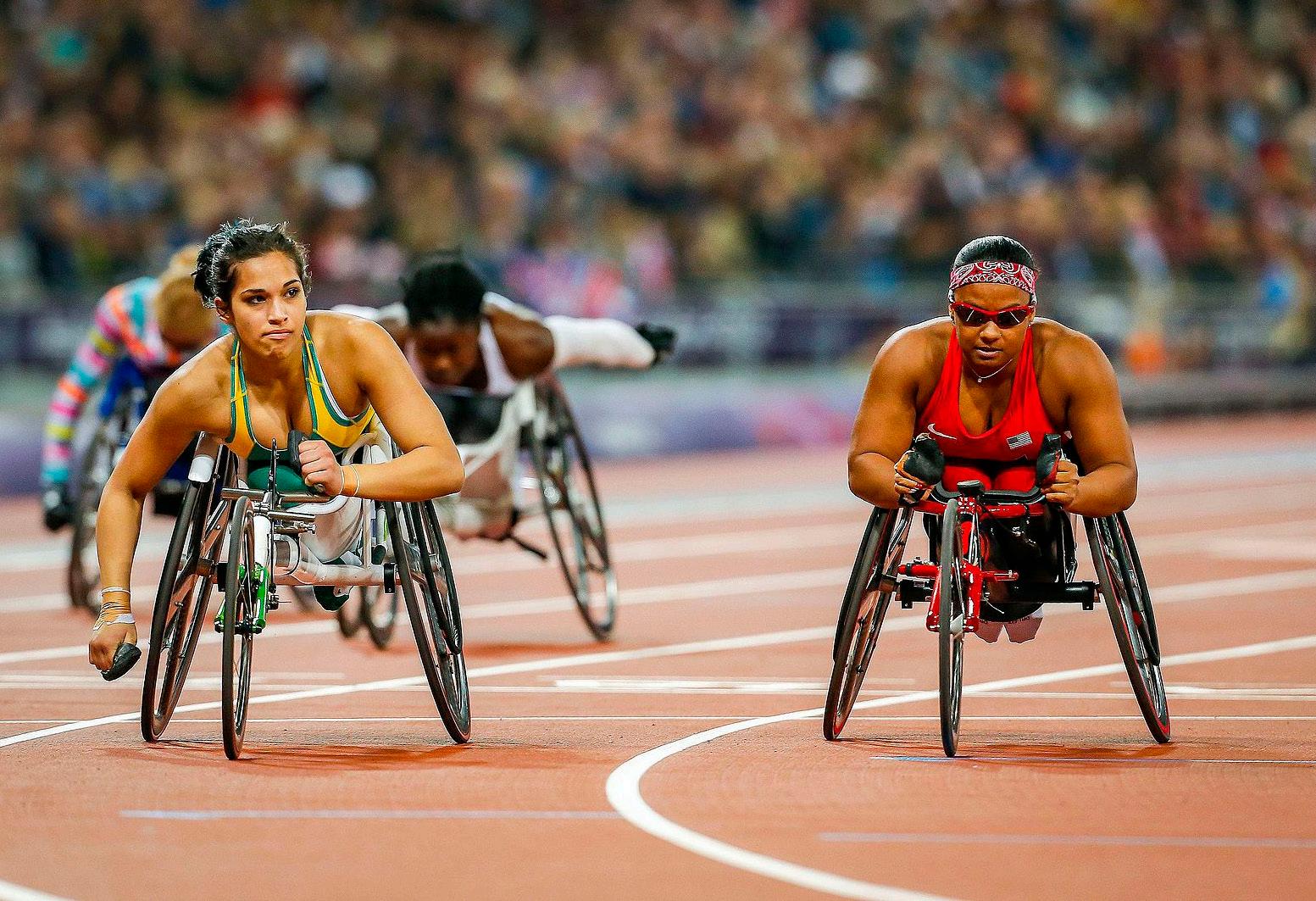
2 minute read
Disabled sports: The struggle for representation
Tom Gardener evaluates the ups and downs of disabled sports
Since the start of the Millennium, we have seen a continued rise of disabled sports in a bid to give people with disabilities and other limitations a chance to partake in the international language of sport. This movement has taken off all over the world with varying levels of success. The 2012 Paralympics held in London were a highlight that boosted the number of people practicing disabled sports to an all-time high. Since then it has been a bumpy road, however, all governments are determined to support this sector so that everyone with a talent can explore what they have to offer.
Advertisement

The London Paralympics saw more than 4,200 participants from 167 countries compete and celebrated the pure talent of all the athletes. However, the 2016 Paralympics in Rio were, although still a success, less popular with 700,000 fewer tickets sold than in 2012. Combined with a last-minute cut to their budget, many athletes became downhearted due to a lack of representation, claiming the Paralympics had returned to a compulsory custom that was needed to tick off disabled representation from the list of governments. By the end of 2016, sports clubs recorded the number of disabled people participating in weekly exercise had fallen by 169,000 since the London paralympics, suggesting disabled sports were in decline.
A recent survey in the UK showed that 7/10 people would like to be more active and get out more, however, there are obstacles which disabled people must overcome in order to make it to sports practices. Disabled sports struggle with a lack of accessibility and training of staff and the facilities are often put aside for disabled sports at inconvenient times (e.g Sunday morning or Friday evening.) There is a general worldwide lack of funding for disabled sports, as able-bodied sports are often more lucrative and better supported. However since 2012, Sport England has invested £20.3million of National Lottery and Exchequer funding into recent programmes to ad-

Wheelchair athletics at the London 2012 paralympics
dress the decline and to get more disabled people playing sport, including the training of more than 10,000 coaches, leaders and parents to develop the skills to include disabled people in sporting activity.
Overall, the world of disabled sports may seem to be at a low point currently but there is lots of hope for the future as people become increasingly aware of equal-representation. Hopefully the Tokyo Paralympics will increase support and the growth of this sector so that we can celebrate the skills and the gifts of these athletes.








